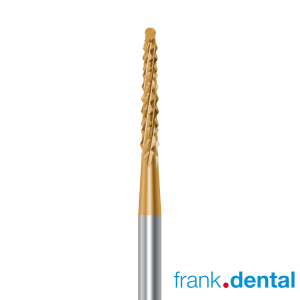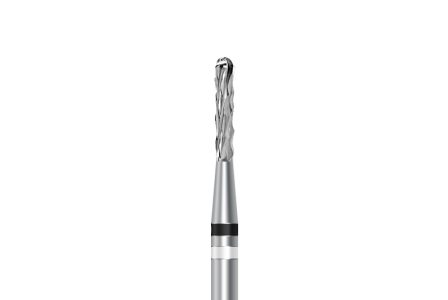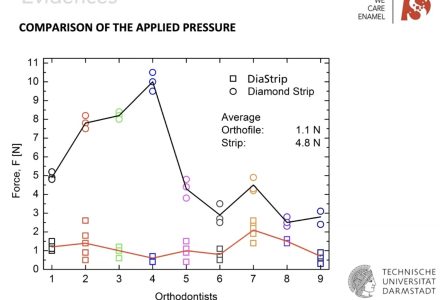

As a dental professional, one may encounter situations where it becomes necessary to section a tooth. The process of sectioning involves using rotary instruments like dental burs to cut through the tooth into smaller, more manageable pieces that can be easily extracted. When it comes to sectioning teeth, there are different types of rotary instruments used. However, Lindemann and Diamond burs stand out as the two most widely used and popular types. In this blog, we are going to explain the advantages of using a Lindemann surgical bur over a diamond bur while sectioning teeth.
Lindemann surgical burs are well-known for their efficiency and precision. They are available in a selection of shanks to support each Dental handpiece including HP (Straight handpiece), RA (Latch grip/right angle) or FG (Friction grip) they are tapareed in shape with a length of 9-11mm and a diameter of 1.4-1.6mm and complete with a self-centering design that helps dentists prevent issues like slippage, chipping, or damage to adjacent teeth while sectioning.
Advantages of using a Lindemann Bur when sectioning teeth
- Efficiency: Lindemann surgical burs are highly efficient. They are specifically designed to cut smoothly and continuously through human teeth and bone structure with minimal vibration. This feature reduces the time and effort required for the extraction of teeth considerably.
- Precision: The use of a Lindemann bur provides more precision during tooth sectioning. This means that it is easier to achieve the desired cut during the extraction process. The bur provides a better overall outcome because the dentist can work more accurately.
- Durability: Lindemann surgical burs are made with high-quality, Tungsten carbide. This composition ensures that they are resistant to rust and wear and tear. This quality makes the Lindemann bur more durable than a diamond bur, which might chip off unexpectedly during sectioning.
- Cost-effectiveness: Lindemann surgical burs are more cost-effective than diamond burs. This makes them a more attractive choice for dental practitioners that want to balance quality with affordability.
In contrast, diamond burs have been known to cause damage and discomfort to patients during the extraction process. They have a reputation for being uncomfortable for patients because of the heat generated during their use. Diamond burs are also more prone to wear and tear than Lindemann surgical burs.
In conclusion, the choice of rotary instruments used during tooth sectioning can make a significant difference to the overall outcome of the process. Lindemann surgical burs come with numerous advantages, such as high efficiency, precision, durability, and cost-effectiveness, making them an excellent choice for dental practitioners. Additionally, they are suitable for use on human teeth and bone structure, making them an ideal option for safe and effective tooth sectioning.
Finally below are the different shank types and lengths explained along with an option for the cutting blades to be covered with a Zirconia Coating which will increase the durability, reduce heat generation, improve cutting efficiency, reduced vibration.
HP – Overall length 44.5mm
HPL – Overall length 65mm
RAL – Overall length 26mm
RAXL – Overall length 34mm
FGXL – Overall length 25mm
FGXXL – Overall length 30mm



